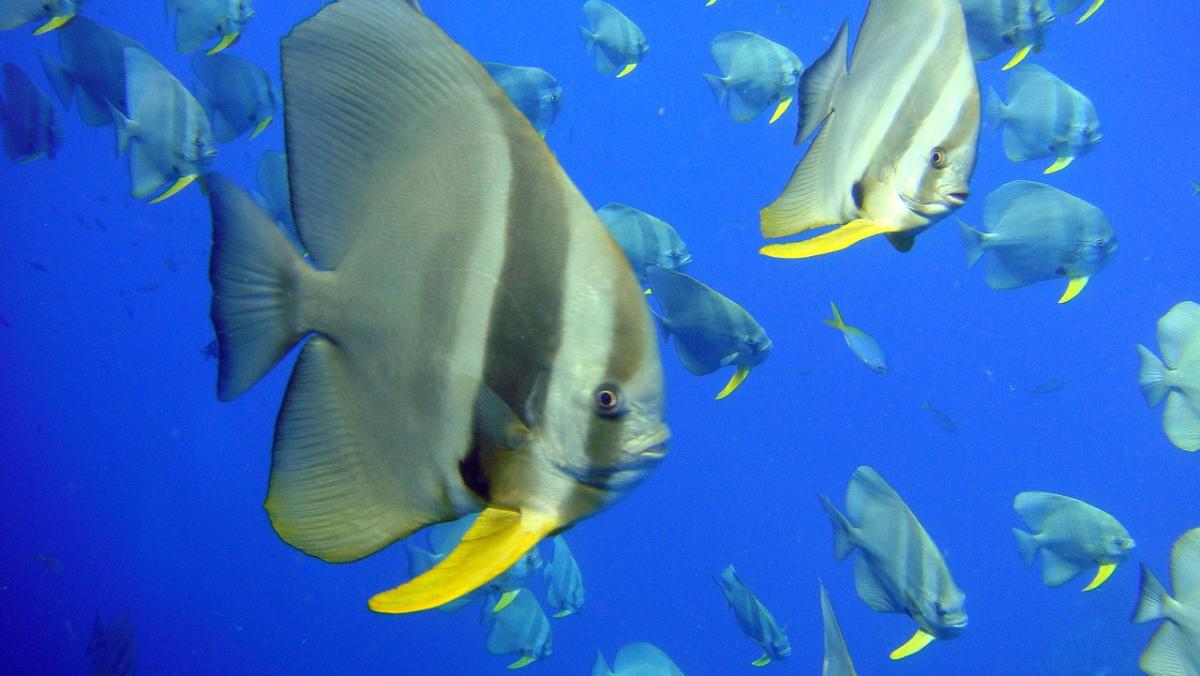
In this lesson, students review key architecture components found in Ancient Greek Architecture and are challenged to create a multi-layer structure to hold their body weight. Students use the

In this lesson students will learn about the Makey Makey. They will create conductive touch points, record voice in scratch, and connect Makey to create an interactive poster. This can be used for any

This lesson is an introduction to Micro:bit. Students will learn parts of the device, as well as how to program and download a simple dice randomizer. Once the program is downloaded to the microbit

Space Case Chapters 1-7
This is the 2nd set of 4 lesson plans that correlate with the novel "Space Case" by Stuart Gibbs. This is a literature-inspired project base learning opportunity. The lessons include straw rockets

This hands-on lesson, allows students to make observations and draw conclusions based on their own crystal growth experiments. It combines literacy and science to give the students the opportunity to

In this lesson students learn about the simple machine screw, specifically the Archimedes Screw, and engineer a device that can lift a marble.

This lesson plan is about structures that are balanced using tension forces. Students will create their own tensegrity structure that will withstand a predetermined amount of weight. Students will

The lesson is adapted from resources created by the Green Drone AZ Project. This is module 1 of 4 featuring focused activities to address real-world environmental challenges within Arizona communities

Students design getaway vehicles for the Grinch, applying STEM concepts. Math, creativity, and teamwork merge in this engaging lesson inspired by Dr. Seuss.

This is best for high school AP/IB/Honors Biology students for using clay and miscellaneous items to model and then film their model of Cellular Respiration to better understand how the Electron

In this lesson students will use the Engineering Design Process to create a working foosball table. Students will also code a Micro:bit that they will use to keep score between the two teams.

The Navajo Code Talker Mockup Radio Transmitter Project is an ELA/STEM hands-on lesson designed for 11th-grade students. This project-based lesson that involves students working in small groups to

This lesson is designed to promote hands-on, project-based learning that connects various disciplines. It emphasizes the importance of real-world applications and encourages students to think

In this lesson, students will be introduced to the concept of solar angle and how Earth’s tilt on its axis and revolution around the sun are responsible for seasonal changes in temperature, daylight

Students will learn about Newton's Third Law of Motion and practice this law by using the engineering design process to create a paper jet engine using a balloon.

This lesson plan aims to educate students on the art of cut flower gardening and inspire them to contribute to the beautification of Arizona through the cultivation of vibrant blooms. It emphasizes

Day 2! Students start the process of building their Estes Alpha 3 rockets all the way to completion!

Students will design and construct a prototype of a tiny house on wheels. They will use graph paper to draw out their ideal tiny house on wheels, ensuring the sizing of the rooms and ceilings are

Calculating Moles to gram of multiple different compounds to make playdough. Includes easy and advanced practice problems (with answers) and teacher background knowledge. Basic easy ingredients are

Students use test strips and research to solve the issue of a fish death in our classroom tank. This would also work well for the initial setup of a tank. Students see a tangible, observable, real

Get your students up and moving! Together, you and your students will move and create a model of the solar system. Your kinesthetic learners will love this lesson! The solar system comes to life

Students will learn the history of rainsticks. They will engineer and design their rainstick. Students have to figure out how much rice, beans and corn goes inside to make the sound of rain. Finally

On day one, students will learn the history of the boomerang. Then on day two, the students will engineer and design their boomerang. Finally, the students will fly their boomerangs.

Students will build landing gear to successfully land a rover on Mars.
